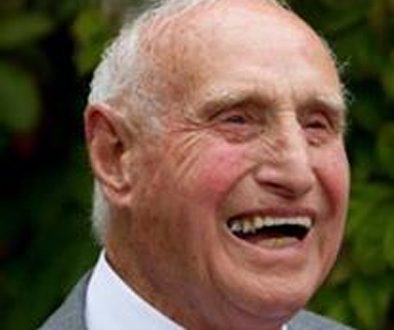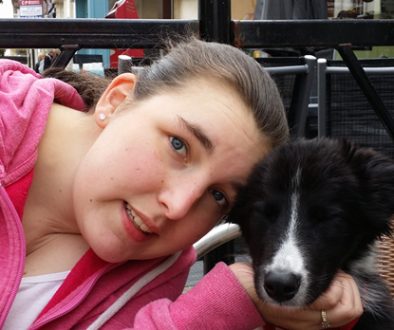Glanzmann’s Thrombasthenia (GT) – A Personal Story
Tanya is aged 52 and has Glanzmann’s thrombasthenia (GT), an inherited platelet disorder. She is married and works part time as a nurse specialist. Patients with GT have normal numbers of platelets, but their platelets do not function properly as they lack a key substance which makes platelets stick together to stop bleeding.
Tanya’s Story
Tanya says “I was originally misdiagnosed with several other types of bleeding disorders and eventually found to have GT when I was aged around 20, after having been seen at St Thomas’ Hospital Haemophilia Unit in London. I have had lifelong problems with nose bleeds and gum bleeds and initially with heavy periods (which have been halted by medication since age 14 when bleeding was very heavy and intrusive and requiring lots of transfusions), and have also had the typical regular bleeding from nose, gums and occasional from the gastrointestinal tract. I have had blood and platelet transfusions on multiple occasions and as a result have antibodies (my immune system has reacted to the transfusions) which makes giving blood and platelets in the future more difficult. Nowadays the anaemia is treated with intravenous synthetic iron preparations, although I rarely need it now, thankfully.
The excessive bleeding makes me anaemic (I have a low red blood count), so I have to take iron tablets as well as other regular medication. I work part time as the anaemia makes me tired and I have had to devote lots of time to hospital appointments. I am much better as I get older though.
I was advised not to have children as I was advised that management of GT during pregnancy was very complicated and I didn’t even have normal periods as I bled too much. (this was 25-30 years ago- things are much better now).
I think the work of the Platelet Society is important as not everyone knows that women can also suffer from bleeding disorders – they are usually aware that men get haemophilia. It is really important to correctly diagnose inherited platelet disorders as early as possible so that patients get the correct treatment and are seen by the right specialist.
The Platelet Society would like to thanks Tanya for her personal story.




